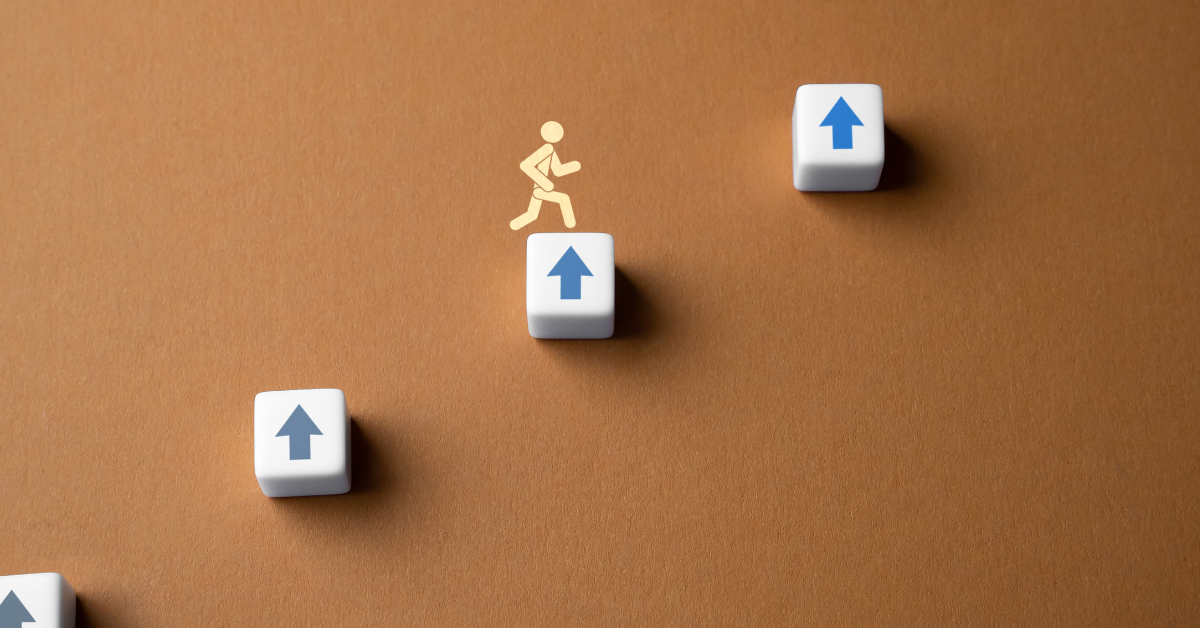The Five Levels of Leadership, developed by John Maxwell, outline a progression that leaders go through as they advance in their ability to influence others. Each level builds on the one before, leading to increased impact and more significant leadership effectiveness. Let’s explore each level and the best behaviors for leaders at each stage.
1. Position: Rights
At this first level, people follow because they have to. You hold a position of authority or a title, which gives you the right to lead, but your influence is limited to the role itself.
Best Behaviors at Level 1:
- Build relationships: Even though you have authority, your focus should be on connecting with your team, learning about their strengths, and earning their trust.
- Lead by example: Consistently demonstrate the behaviors and work ethic you expect from others.
- Understand your responsibilities: Learn and master the requirements of your role, ensuring that you fulfill the obligations that come with your position.
Challenge: Leaders at this level may struggle if they rely solely on authority, as true leadership requires influence beyond a title.
2. Permission: Relationships
At this level, people follow you because they want to. Leadership here is based on building relationships, creating trust, and showing care for your team.
Best Behaviors at Level 2:
- Listen and communicate: Actively engage with your team by listening to their concerns and ideas. Foster open communication.
- Show empathy: People follow those who show genuine care for their well-being. Be considerate of their needs, challenges, and aspirations.
- Encourage collaboration: Build a positive environment where people feel valued and are encouraged to contribute and collaborate.
Challenge: Without strong relationships, leaders can find it hard to move beyond this level, as influence is built on mutual respect.
3. Production: Results
At this level, people follow you because of what you’ve done for the organization. Leaders who consistently produce results gain more influence as their actions demonstrate their ability to lead effectively.
Best Behaviors at Level 3:
- Focus on performance: Set clear goals and objectives and hold yourself accountable for achieving results. Inspire your team to do the same.
- Lead through action: Model a strong work ethic, perseverance, and dedication. Leaders at this level are seen as capable and trustworthy because they get things done.
- Celebrate team achievements: Recognize the efforts and accomplishments of your team, which motivates and encourages continued success.
Challenge: Leaders must balance maintaining relationships with achieving results to ensure long-term success without burning out their team.
4. People Development: Reproduction
At this level, people follow you because of what you have done for them. True leadership is about helping others grow, developing their potential, and empowering them to lead.
Best Behaviors at Level 4:
- Mentor and coach: Invest in developing the skills and leadership abilities of others. Share knowledge, provide feedback, and offer guidance.
- Empower others: Delegate responsibilities and trust your team to take on leadership roles, giving them opportunities to grow.
- Create a legacy: Focus on building leaders within your organization who can carry on the mission and values you’ve instilled.
Challenge: Leaders who don’t invest in others often stagnate, while those who build leaders create a ripple effect that multiplies their impact.
5. Pinnacle: Respect
The highest level of leadership is when people follow you because of who you are and what you represent. This level is achieved through a lifetime of dedication to leadership growth and is often marked by a profound level of respect and admiration.
Best Behaviors at Level 5:
- Lead with humility: Recognize that leadership at this level is about service. Maintain a humble attitude, always seeking to uplift others.
- Inspire through vision: Create and communicate a compelling vision that motivates others to pursue excellence and make a difference.
- Build a lasting legacy: Focus on making an impact that goes beyond your personal leadership, ensuring that your influence positively affects future generations of leaders.
Challenge: Few reach this level, but those who do must remain committed to continual growth and remain focused on empowering others.
Conclusion:
The Five Levels of Leadership provide a roadmap for growth, helping leaders move from positional authority to deep, impactful influence. At each stage, the behaviors that drive success evolve from building relationships to producing results, developing others, and eventually leaving a lasting legacy. For leaders, it’s essential to recognize where they stand and what behaviors will help them advance to the next level.


